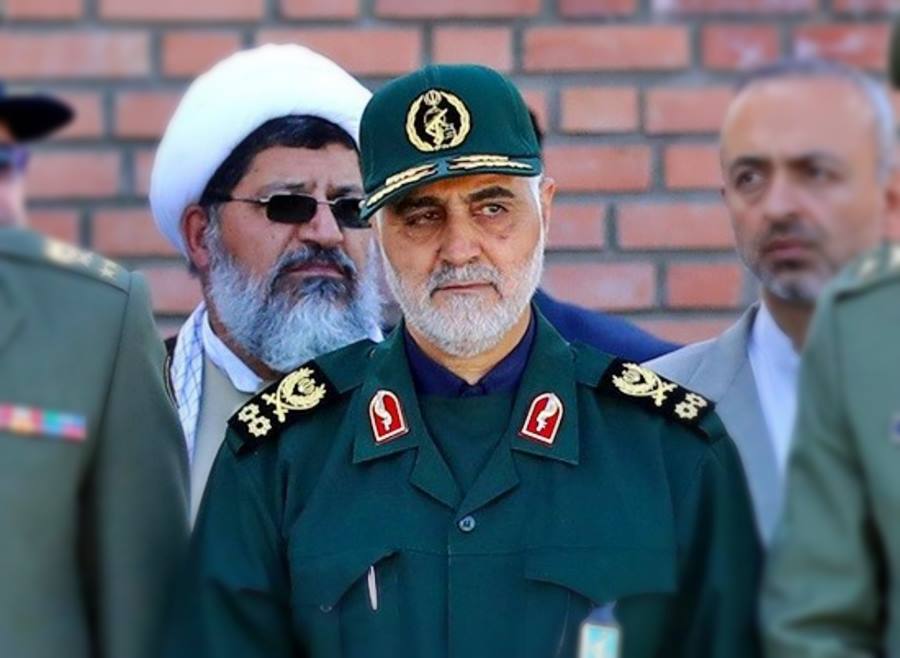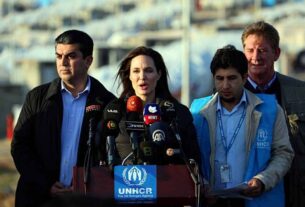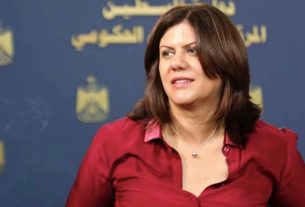Qassem Soleimani, Iran’s Revolutionary Guard top commander, who was slain in Baghdad by a US drone strike some 40 days ago, has left behind a rather contentious legacy that has given rise to controversy among his comrades.
Revolutionary Guard spokesman Ramazan Sherif maintained reservations about a controversial tweet by former commander Muhammad Ali Jafari about Soleimani’s role in suppressing student protests in 1999 and the reformist Green Movement protests in 2009.
“Qassem Soleimani was on the streets in the fight against the counter-revolutionary and took effective measures to control insecurity and riots in 1999 and 2009,” Jafari, who headed the Revolutionary Guard from 2007 to 2019, tweeted on Sunday.
Jafari’s tweet refers to the Iranian student protests in 1999 and the protests that followed Iran’s controversial presidential election in 2009.
In 1999, Soleimani was one of 24 Revolutionary Guard commanders who warned then-President Mohammad Khatami in a letter that if he did not put an end to the student protests, the IRGC would step in and do it itself.
“Soleimani was at the Tharallah base on many occasions,” Jafari added in the same tweet.
The Tharallah base is a Revolutionary Guard base in Tehran which oversaw the suppression of protests in the Iranian capital that followed the disputed 2009 presidential election.
Revolutionary Guard spokesman Sherif, for his part, tried to distance Jafari from the tweet, saying that it plays part in “the psychological war that is targeting the Revolutionary Guards,” and stressing that what was published was not accurate.
On another note, an Iranian rocket failed to put a satellite into orbit on Sunday, state television reported, the latest setback for a program the US claims helps Tehran advance its ballistic missile program.
The launch happened at 7:15 p.m. local time at Imam Khomeini Spaceport in Iran’s Semnan province, some 230 kilometers (145 miles) southeast of Iran’s capital, Tehran. A Simorgh, or “Phoenix,” rocket couldn’t put the Zafar 1 communications satellite into orbit, however, due to a low speed, Iranian state TV reported.
Think your friends would be interested? Share this story!





